The event investigated how design leaders should manage their teams, but also what the new generation of designers bring to the table
It was very much a welcome return to the Motor City for CDN last week, and if Car Design Dialogues Detroit proved anything, it is that design – and automotive design in particular – is flourishing here.
With a panel of top names from the Big Three, iconic design house Italdesign and leaders from West Coast EV brands, CDN editor James McLachlan directed the live discussion around several key points, from how to harness the talents of the next wave of young designers; the strategies that will help leaders build creative, productive and ultimately happy teams; to the looming presence of AI and the importance of storytelling.
For Chris Benjamin, chief design officer at Scout Motors, designers are now recognised as strategic influencers within the organisation, and leaders “must enable people to display the best that they have.” Rivian’s Jeff Hammoud agreed, noting that a design leader’s top priority is to “make sure design has a voice.”
But what kind of principles should those at the early stages of their career be learning from their bosses – those who have risen through the ranks themselves and experienced their fair share of work environments positive or otherwise. Rivian’s Hammoud said it is important for those in senior positions to look back on what they found helpful. “You try to model the things that you saw other leaders do,” he explained. “You need to have the humility to know that you always need to be learning.”
The essence of really good design is actually really good stories
The discussion addressed the idea that modern design leaders should not only manage projects but also inspire creativity, autonomy, and mutual respect within their teams. Ford’s Paul Wraith noted that being a leader often means shouldering pressures from upper management, which “helps to unlock the potential of everyone” in the team. “Sometimes being a leader is a relatively lonely place to be,” he admitted.
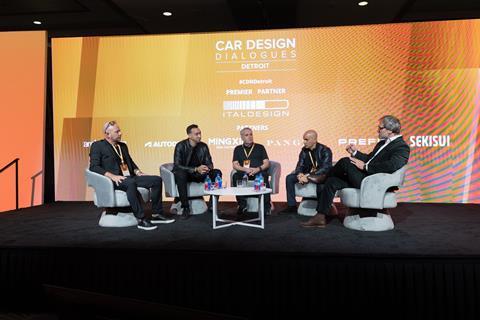
Story time
So, how does one display their potential? Super sketching and modelling is of course crucial, but it also comes down to a knack for storytelling, which in the modern design studio ensures individual designers to get their ideas across and, at the very least, considered.
“The essence of really good design is actually really good stories,” noted Wraith, allowing designers to communicate complex concepts in ways that resonate. The panel agreed that this is often an undervalued skill, particularly when it comes to their early education, and should be cultivated more intentionally.
The key to any good story is to find meaning, of course, and Benjamin pointed out that designers should ultimately consider how their work will impact (and hopefully improve) peoples’ lives.
Work together
Collaboration was a central topic throughout the discussion, and that can certainly be made easier when other teams are within closer proximity. General Motors’ Michael Simcoe took the opportunity to spotlight the brand’s recently redesigned studio, which features a large open area described as “a big barn” that encourages interaction between different groups and departments. Spaces like these, he says, allow designers, engineers, and modelers to work seamlessly together.
It’s all about chemistry, the panel agreed, and Dodge’s Scott Krugger described designers as “the glue” that unites diverse departments within an organisation which can otherwise butt heads at times. Italdesign’s Joaquin Garcia noted that this collaborative approach has been crucial when working with engineers on production models, bringing them in early during the design phases to foster shared goals and align the design team’s vision with the practicalities of production. “We need engineers and they need designers… The key is to share a common vision, a common goal.”
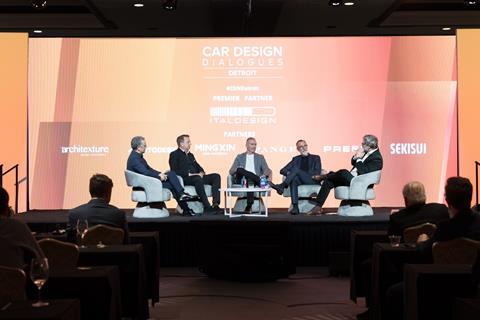
Artificial intelligence
It would not be a panel on automotive design if the discussion did not turn to artificial intelligence at some point. Indeed, AI is perhaps the most significant addition to the designer’s tool box in recent years, and the design directors on stage all agreed that a “head in the sand” approach would not help anyone. “I’d rather be an informed practitioner using these tools than wait to see how it turns out,” said Ford’s Wraith.
And ultimately, AI should not be seen as a threat – it is down to the human to decide if and how it is integrated in the design process. Lucid’s Derek Jenkins said it is about enhancing exploration, rather than simply speeding up production. “I find us using technology not necessarily to move faster, but just to explore more,” he explained, adding that the pressure may be on designers to become “even more artistic, doing things that the machine might not be able to do.”
We want people who can think… Don’t do the fabulous sketch if you can’t bring a story to it
AI and other digital tools are already enabling designers to experiment and produce different iterations at speed. And speed, of course, is one of the buzzwords of the industry these days – gone are the times of seven year development cycles, at least for new brands with a point to prove. However, both Jenkins and Hammoud stressed the importance of keeping design grounded in human expression and storytelling. Jenkins emphasised that designers should act like an “editor” in some ways, taking what AI produces and developing the ideas that make sense for the brand or vehicle in question.
Indeed, AI was ultimately classified as an “iteration tool” and not an end-to-end process that is used from initial concept through to finished prototype.
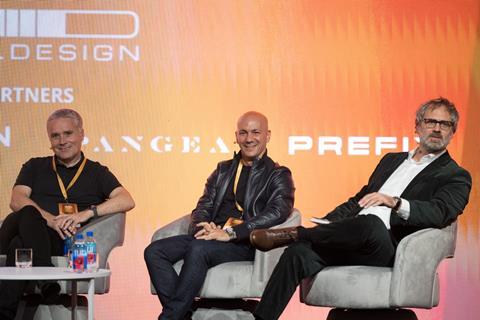
Get creative
But what about the concern that designers could become lazy, overreliant on technology and perhaps seek a job in design without core skills under their belt? Benjamin did not mince his words. “If you can’t translate that into a 3D object that is meaningful and compelling, go home,” he warned, highlighting the risks of “feeding the machine” too much and reducing the unique contributions of human designers. And when it comes to scouting new talent, Ford’s Joel Piaskowski pointed out that the basic considerations are still there. “We’re still looking for that raw talent,” he explained, “sifting through the portfolios to understand who’s really doing it.”
It is challenge to distil an evening’s discussion into one feature of course, but what was clear was the importance of human creativity and diversity of thought in combination with the evolving technology landscape. As part of that, design leaders must build a culture that provides autonomy and champions personal growth, keeping traditional storytelling at the heart of the process and augmenting that with whatever new tools become available. “We want people who can think,” concluded GM’s Simcoe. “Don’t do the fabulous sketch if you can’t demonstrate a concept and bring a story to it.”































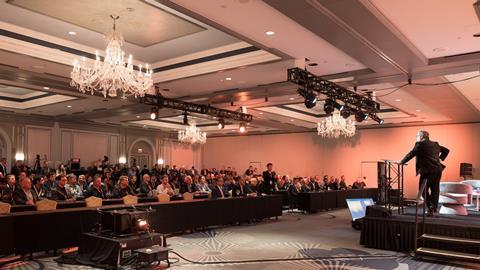
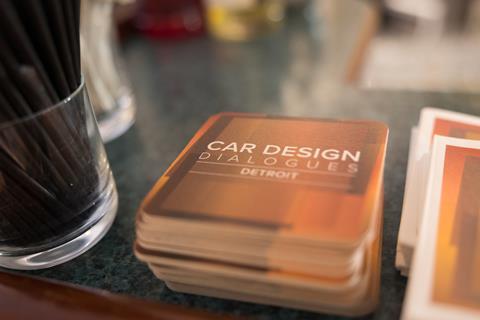
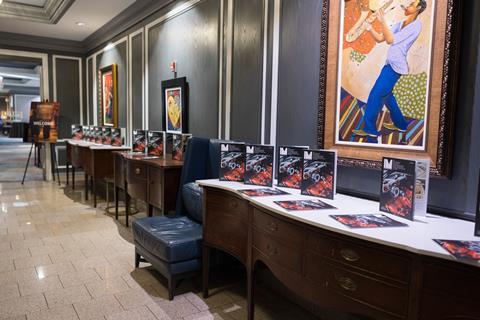
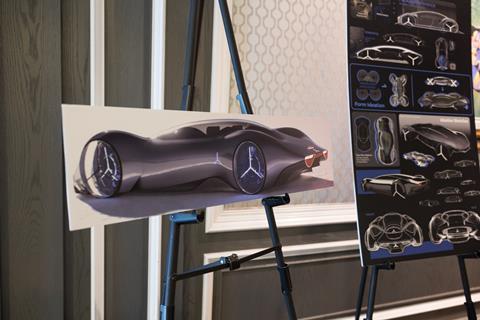
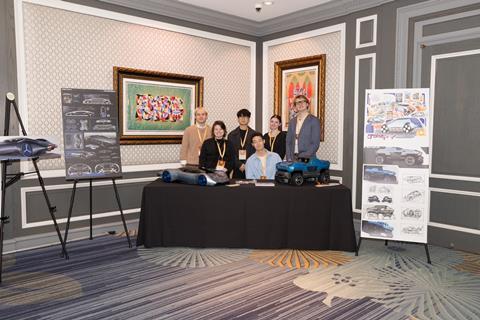
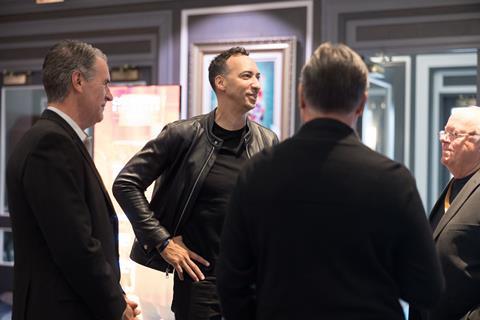
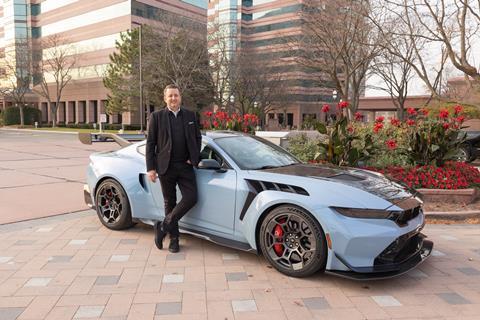
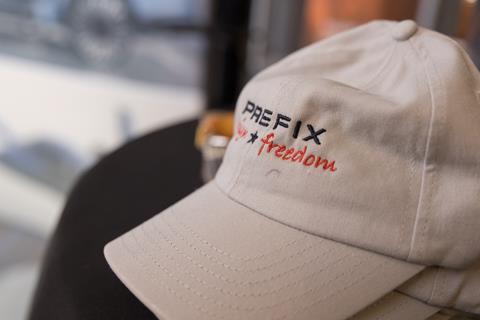
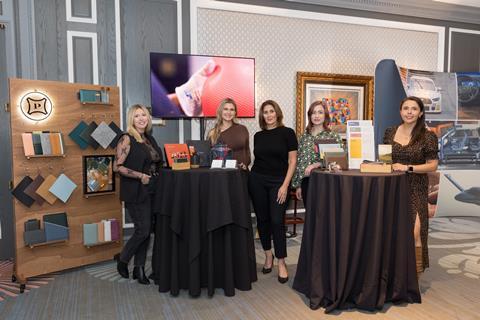

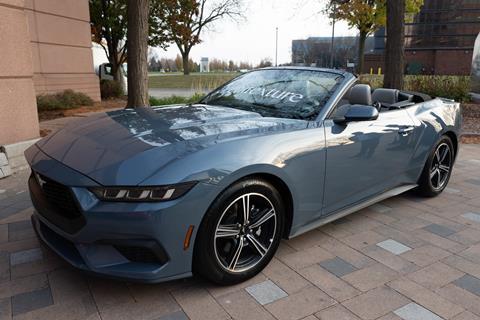
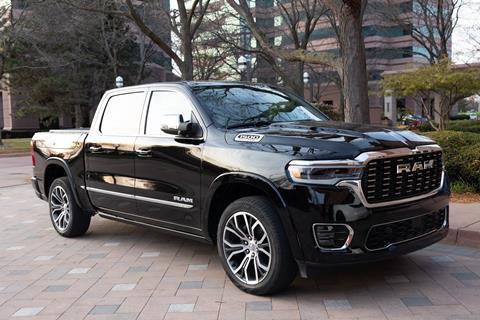
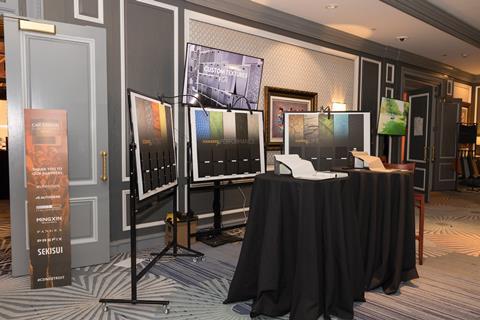
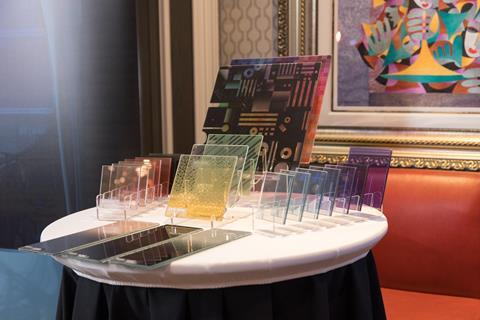

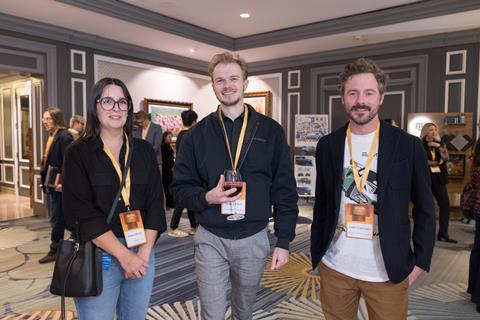
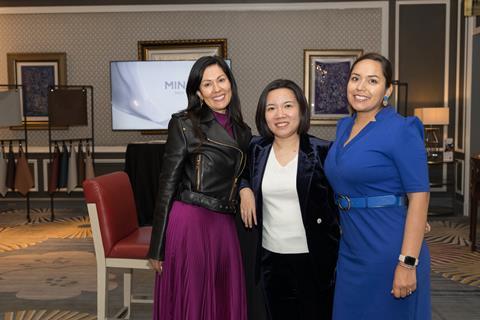
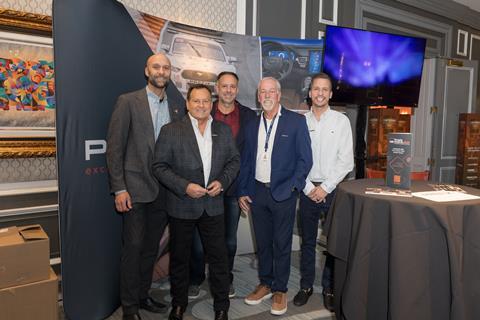

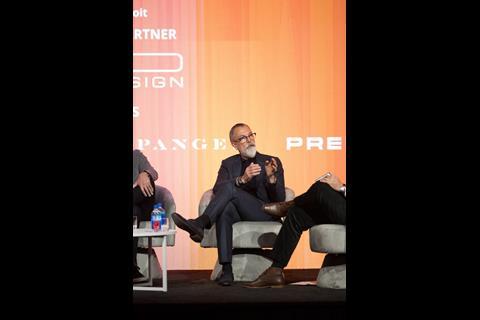
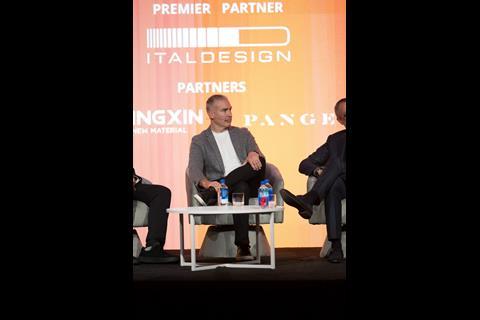
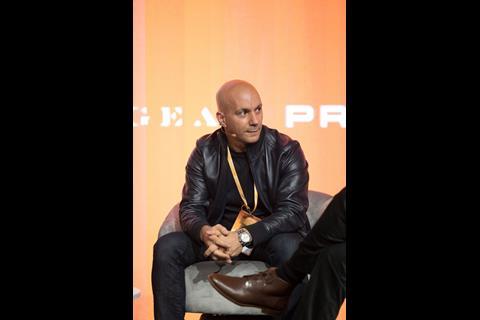
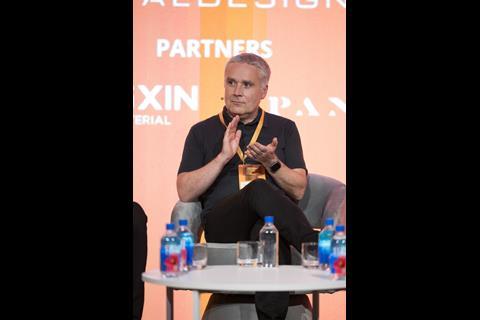
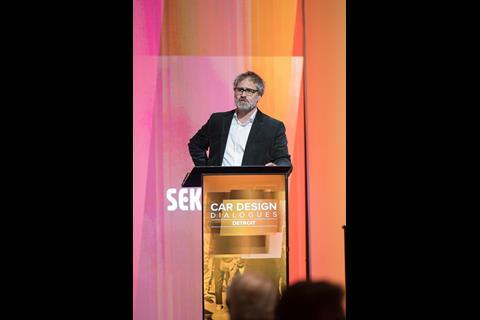

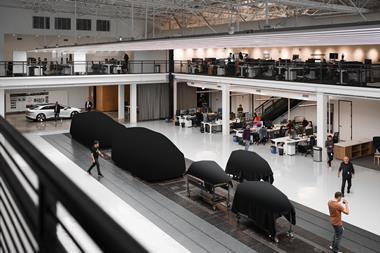
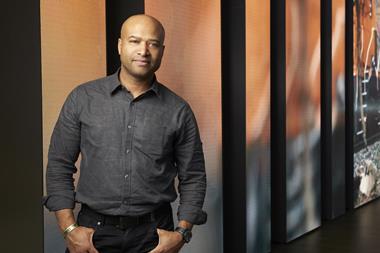
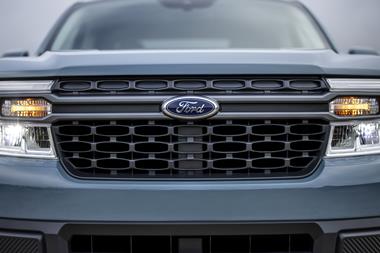




No comments yet